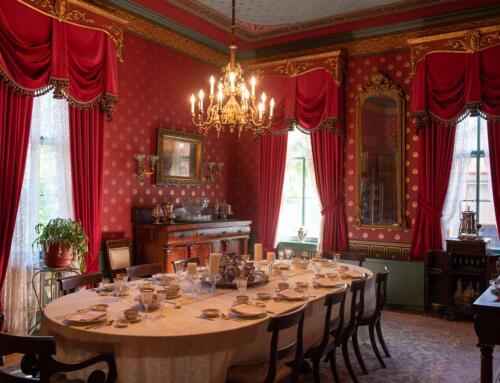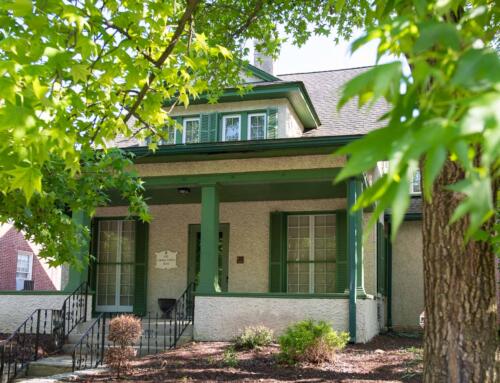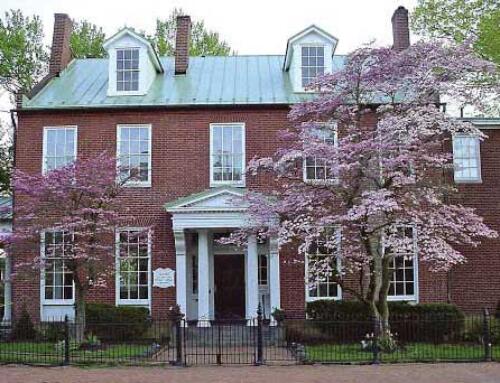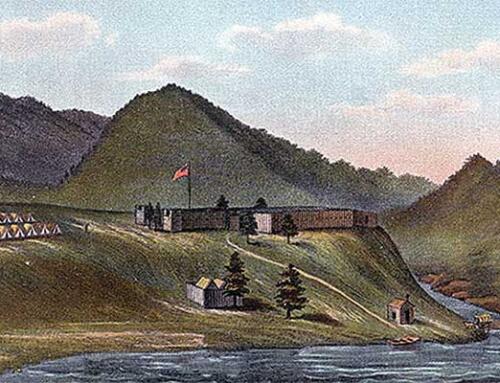Footer’s Dye Works
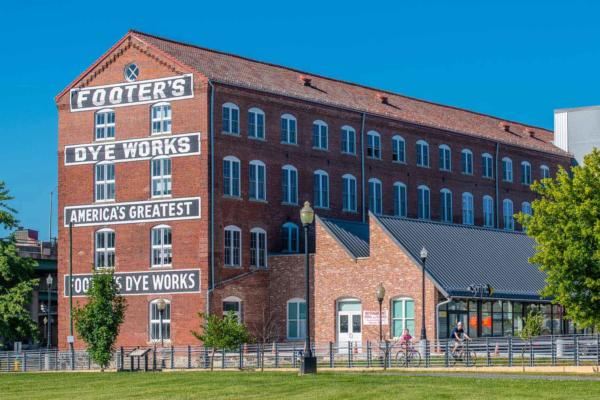
Footer’s Dye Works – “America’s Greatest”.
Cumberland’s Industrial Heritage
The Footer’s Dye Works building is an important remnant of Cumberland’s industrial heritage and is the last of a large complex of industrial buildings which were constructed in the first decade of the 20th century.
Thomas Footer immigrated from England in 1869, and established a steam cleaning business in Cumberland. He was a brilliant businessman, and ultimately an entire city block was filled with brick factory buildings housing the Footer’s “America’s Greatest Cleaning and Dyeing Works.”
At it’s peak in the 1920s, Footer’s Dye Works employed 500 people, and counted the White House among it’s clients. The 1930’s, however, brought hard times to the Footer’s. With the Great Depression in full swing, pressure from dry cleaning competition, and a devastating Potomac River flood, the Footer’s Dye Works filed for bankruptcy on June 12, 1936.
The Footers complex sat mostly empty and crumbling for more than 60 years until 2014 when a developer took on the monumental restoration task. Preserving the original brick and terra cotta tiled roof, the abandoned industrial space has been transformed into unique residential lofts and impressive commercial spaces.
The building stands only feet away from the Canal Place Festival Grounds, and the C&O Bike Trail runs adjacent to the property. It is listed in the National Registry of Historic Places.
Footer’s Dye Works
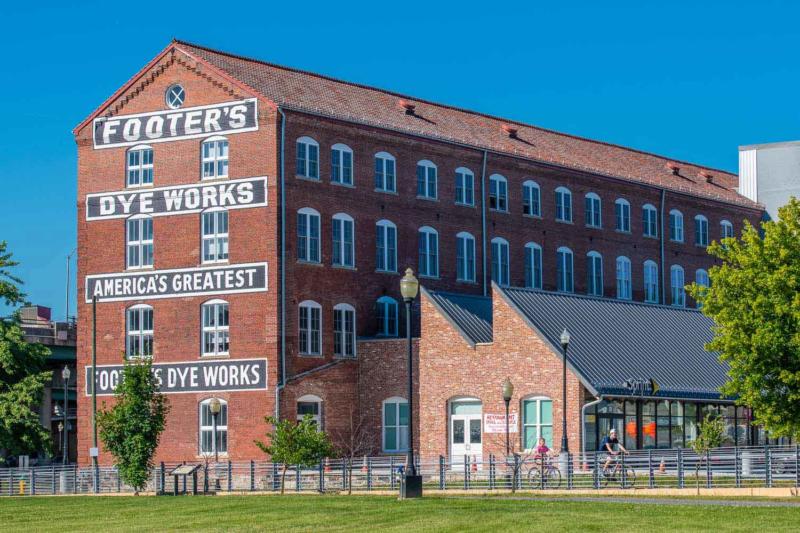
Footer’s Dye Works- “America’s Greatest”.
The Footer’s Dye Works building is an important remnant of Cumberland’s industrial heritage and is the last of a large complex of industrial buildings which were constructed in the first decade of the 20th century.
Thomas Footer immigrated from England in 1869, and established a steam cleaning business in Cumberland. He was a brilliant businessman, and ultimately an entire city block was filled with brick factory buildings housing the Footer’s “America’s Greatest Cleaning and Dyeing Works.”
At it’s peak in the 1920s, Footer’s Dye Works employed 500 people, and counted the White House among it’s clients. The 1930’s, however, brought hard times to the Footer’s. With the Great Depression in full swing, pressure from dry cleaning competition, and a devastating Potomac River flood, the Footer’s Dye Works filed for bankruptcy on June 12, 1936.
The Footers complex sat mostly empty and crumbling for more than 60 years until 2014 when a developer took on the monumental restoration task. Preserving the original brick and terra cotta tiled roof, the abandoned industrial space has been transformed into unique residential lofts and impressive commercial spaces.
The building stands only feet away from the Canal Place Festival Grounds, and the C&O Bike Trail runs adjacent to the property. It is listed in the National Registry of Historic Places.



